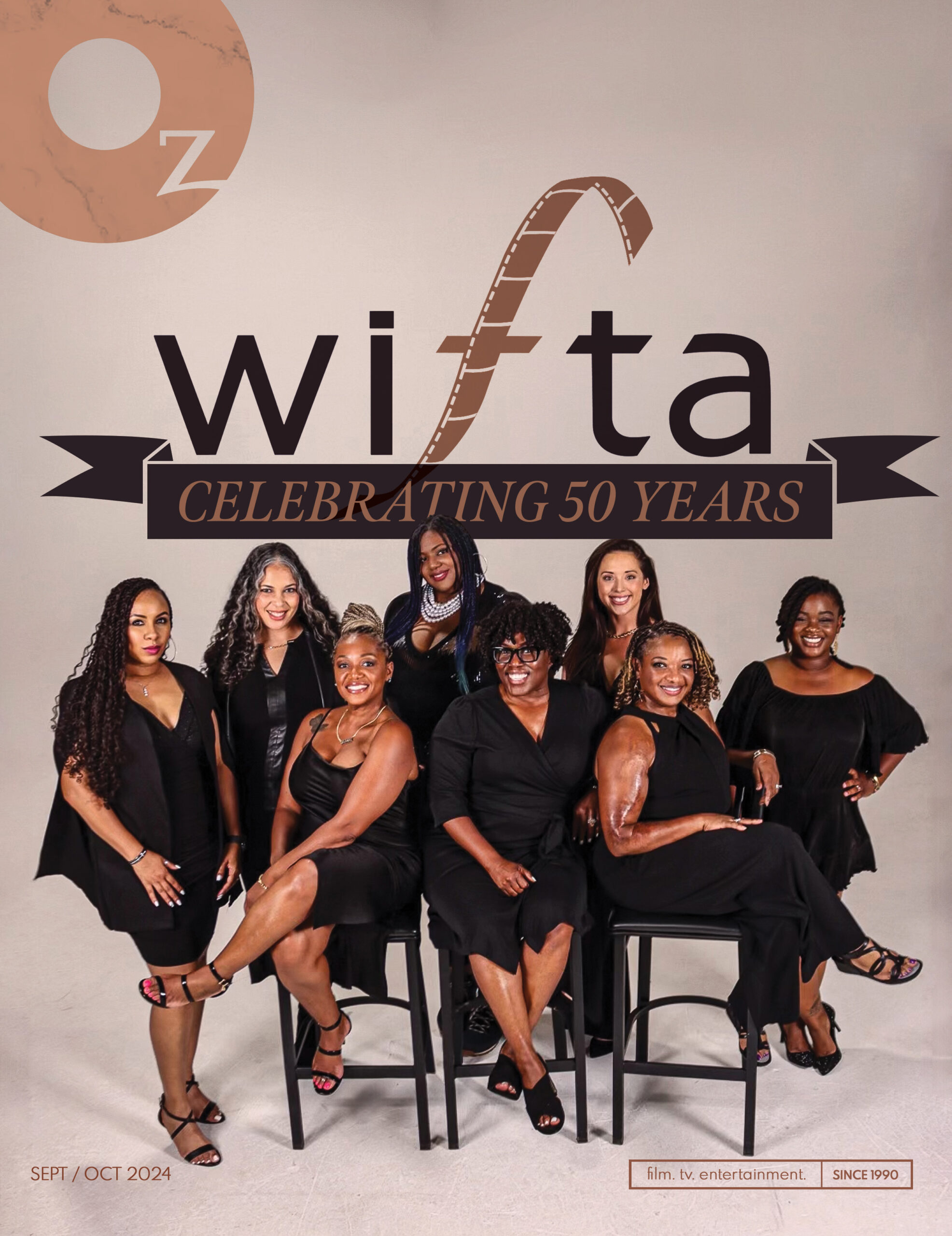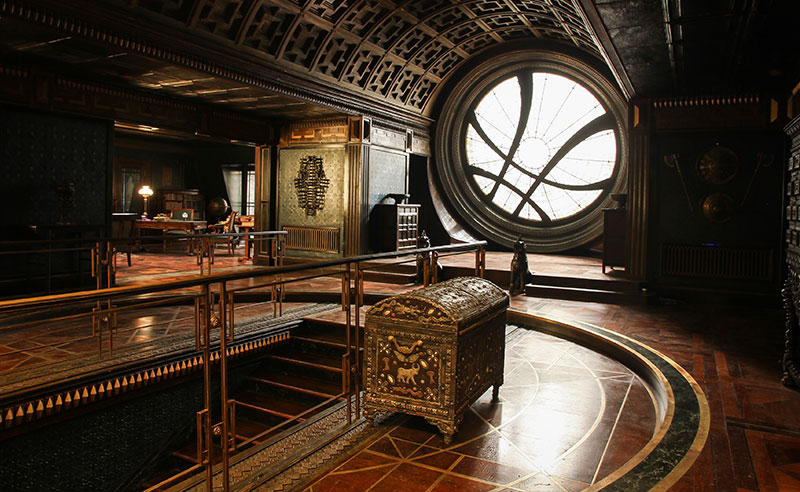
British-born art director Julian Ashby started his career as an interior designer in the early ‘80s after studying design at the erstwhile Berkshire College and Art and Design in Maidenhead, England. While he enjoyed his work, a recession hit and jobs became scarce, so when Ashby saw an ad for a one-year film course, his interest was piqued, and he decided to jump into new possibilities and take the course. The rest, as they say, is history. After completing the course, Ashby got a placement as an art department assistant on the 1994 made-for-TV film MacGuyver: Lost Treasure of Atlantis, and for his first-ever paying job was baptized by fire alongside some art department greats. For the project, he worked with production designer Tim Hutchinson—who got his start on the film Dr. Zhivago—and Tony Reading, who can claim 2001: The Space Odyssey as one of his first projects.
“When I look back, I learned so much on that particular job,” shares Ashby. “We were basically making Raiders of the Lost Ark on half the budget and with half the time, and we were building some incredible sets like an underwater volcano. And it was a very small art department, and I was working with people who had these incredible film backgrounds, so I was continually learning from those greats.” Specifically, Ashby says Hutchinson taught him how to be calm in a crisis, while Reading taught him that as an artist in film, the images you create need to tell the story, and you should never rely on written side notes to convey your message. Ashby laughs, “No one reads the notes, so you can’t rely on them!”
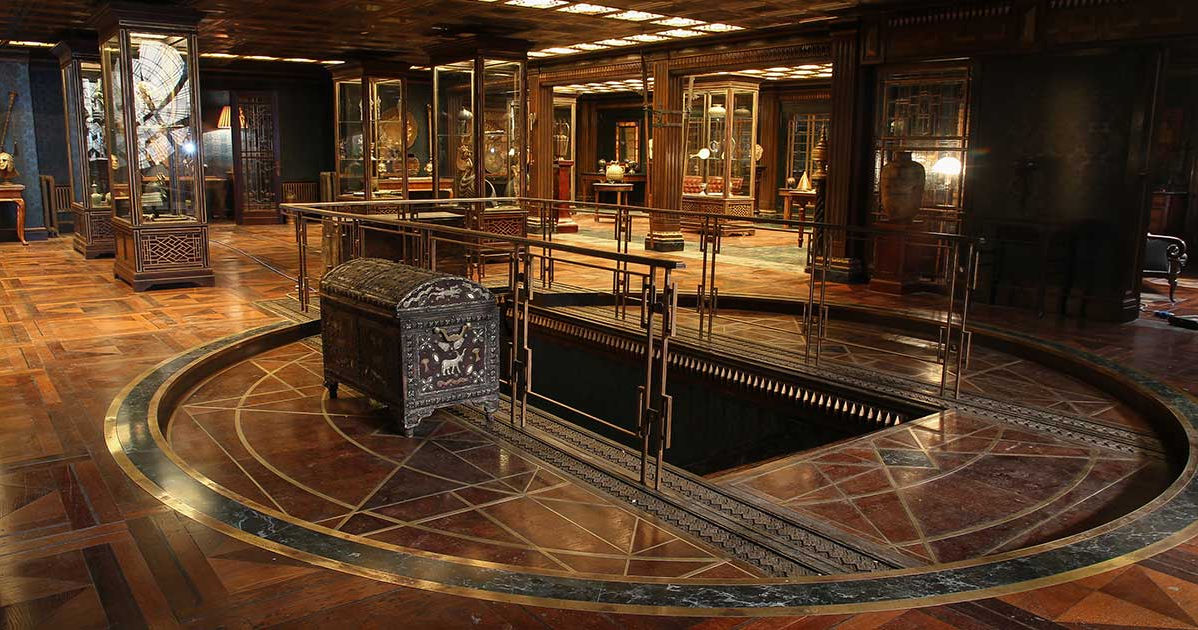
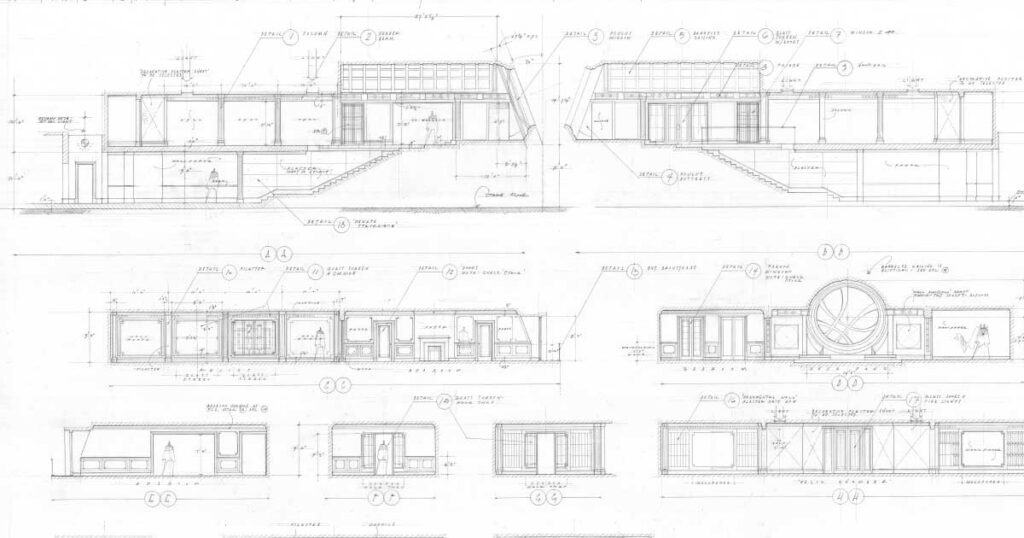
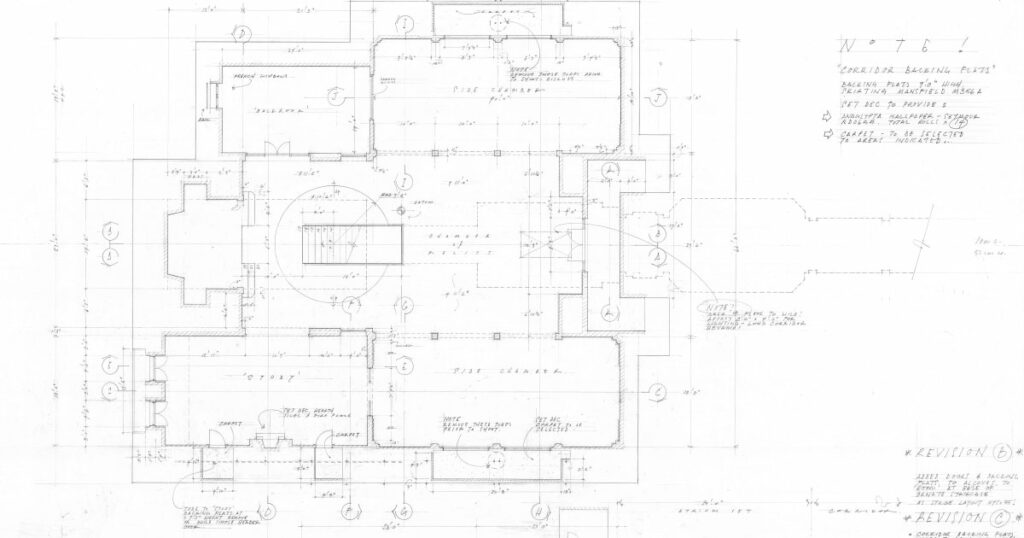
After his initial job, Ashby went on to work on another two films with the team from MacGuyver and continued to hone his craft as he joined projects such as Sleepy Hollow, Troy, National Treasure: Book of Secrets, World War Z, Beauty and the Beast, and many Marvel films including Thor: The Dark World, Guardians of the Galaxy, Avengers: Age of Ultron, Doctor Strange, Avengers: Infinity War, Avengers: End Game, and Doctor Strange in the Multiverse of Madness. His work on Sleepy Hollow, Guardians of the Galaxy, Doctor Strange, Beauty and the Beast, and Endgame all earned him Art Directors Guild nominations, which he won for Sleepy Hollow, Guardians, and Endgame. When you bring up this honor with Ashby (or any accolades about his work, really) he will admit that it is lovely to receive the recognition, but then quickly downplay it and change the subject in what one later learns is his typical modest fashion. “What I will say, is similar to Black Panther winning Oscars, when these contemporary action movies get the recognition they deserve, it’s great to see, because a lot of work goes into them, and it’s wonderful when that is acknowledged,” he says.
Despite the decades of experience and awards Ashby has under his belt, he rejects the word ‘mentor,’ when it’s suggested that he may be passing on pearls of wisdom to younger crew members who are working alongside him now, just as he learned from others at the beginning of his career. “I just feel like I’m still learning,” he humbly shares. However, his coworkers would disagree. Set designer Noah McCormick was quick to reveal some such knowledge he gleaned from Ashby: “[He] taught me about shadow gaps, and it’s insanely cool how you can change something from looking flat to looking dynamic and real.” Shadow gaps, of course, refer to the practice of placing a tiny gap where two surfaces meet, so that when you stand back and look at the final product, the shadows create an illusion of greater realism. A bit of wisdom Ashby has gleaned along the way, and he, himself, will admit to happily sharing with others, is the practice of blowing up drafts to scale before a build. “Even if something looks good on a page or screen, it can be hard to judge the scale, and then when it comes to life, it just isn’t right,” he says. “So if you try three different sizes, small, medium, and large, one is bound to be exactly right.” And while you might not picture members of an art department carefully taping together sheets of paper and affixing them on the wall like a puzzle to see a to-scale version of a set element, then now you know a little more about behind-the-scenes production.
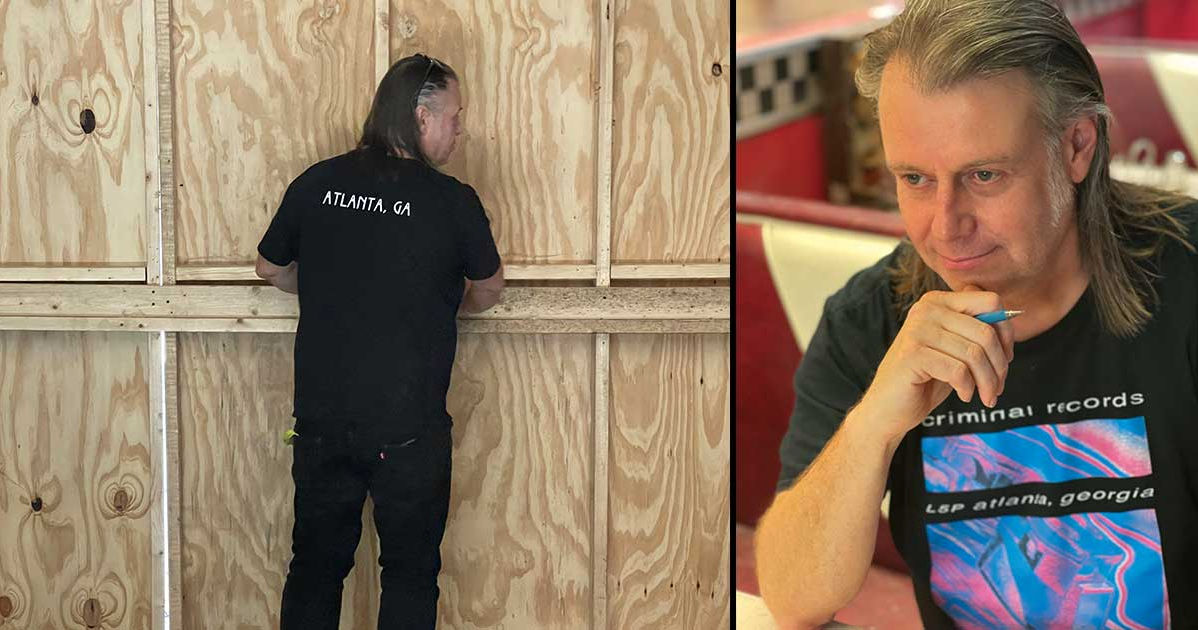
“Sometimes you don’t have time to think of finishes and those final minute details on the front lines, so you make those final calls at the point of building, and I love that. It’s a wonderful period of my job.”
– Julian Ashby
As a creative, Ashby draws inspiration from the world around him, always taking a mental note of his environment and observing everything, from nature to the buildings he passes. But he also possesses an active imagination and the innate ability to think creatively about any situation, which has helped him find continuous success in his industry. “A production designer once told me that he likes working with me because no matter what he asks for, I always give him a little something extra and make it better,” says Ashby. “I now have experience under my belt and have seen and learned from the work of many talented people, but beyond that learned skill, you also have to be willing to push yourself and not just accept the first solution.” You also don’t have to talk to Ashby for long about his work to see that he is also fueled creatively by his projects themselves, as well as working collaboratively with fellow artists to bring worlds to life. He gets excited talking about the process and about how it’s often the intricate details that take a set from looking like a concept to an imitation of real life. “Initially, during the pre-production period, I’m working with the Production Designer and Illustrators to research and design each element of the set, and then get the construction drawings complete and have the Production Designer, the directors, and producers all happy with it,” he says. That initial conception and development period is a very exciting part of the job for Ashby, but then taking those approved drawings to the carpenters and seeing things get built and actually come to life is an especially thrilling time for Ashby. As the teams of carpenters and detailers, like plaster makers and sculptors, work to bring the initial drawings to life, Ashby oversees the process to ensure each component is perfect. “There are a certain amount of decisions you have to make as you go,” he explains. “Sometimes you don’t have time to think of finishes and those final minute details on the front lines, so you make those final calls at the point of building, and I love that. It’s a wonderful period of my job.”
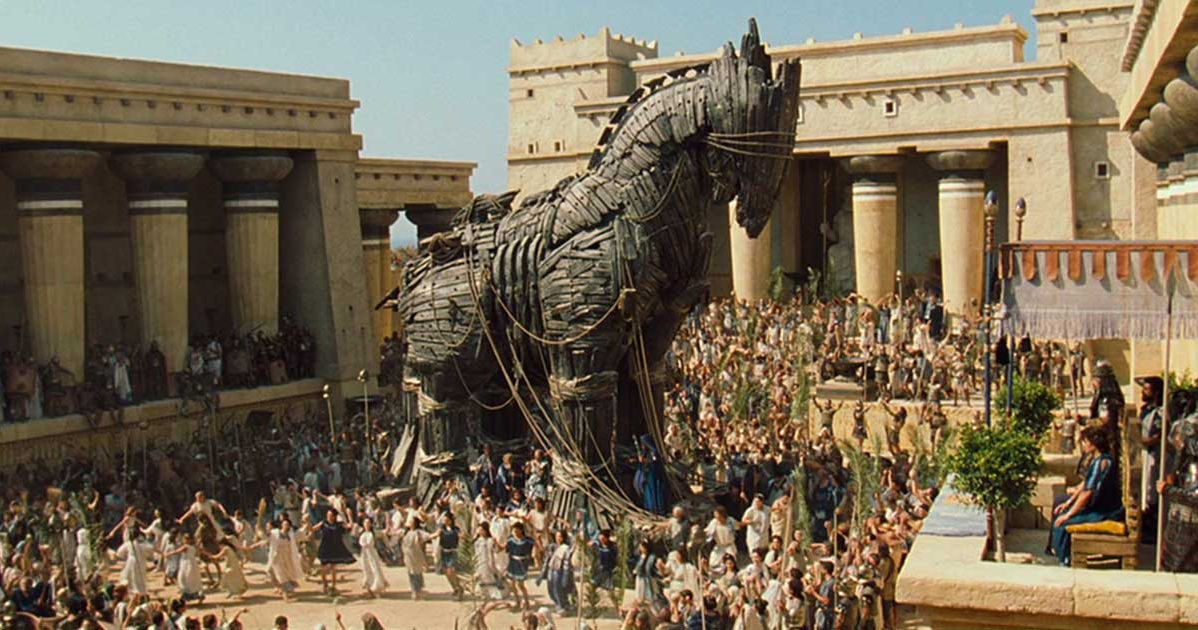
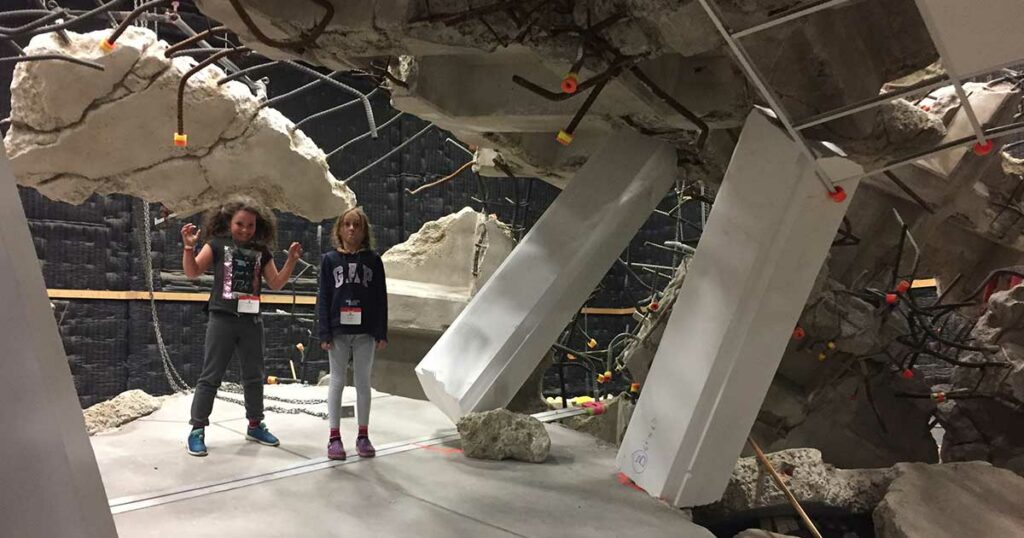

So what does a man aspire to when his work has already taken him to the serene shores of Malta to create the fictional streets of Troy, to a sound stage in England where he and his team created the Tree of the Dead and a huge forest for the Headless Horseman to come to life in Sleepy Hollow, to bringing to life the Sanctum Santorum for Doctor Strange right here in Atlanta? A classic western film. “After doing so many big budget films with explosions and debris, it might be fun to do a little romcom,” laughs Ashby. “But my dream job at this point would be a Western. It’s a genre I’ve never done, and I’d love to spend time somewhere like Utah under the stars with horses around, creating a Western town.”
But while he may dream of working out West, the South has had a call of its own on Ashby. It was the film The Fifth Wave that first brought him to Georgia to work in 2015. Since then, he has left to work on other projects, but for the past seven years, he’s had more jobs in the Atlanta area than anywhere else in the world (thanks, in large part, to his work on Marvel films). Currently, Ashby is back at Trilith Studios working on a Russo Brothers project from Netflix and AGBO Productions called The Electric State, starring Millie Bobby Brown, Chris Pratt, Stanley Tucci and Michelle Yeoh. He’s been in pre-production since June, and the film is set to wrap after the beginning of 2023. This time around, Ashby has also relocated his family here. “My wife Rebekah and I have two girls, and we’re quite lucky in the fact that Rebekah is an artist, so she can work anywhere,” shares Ashby. “The girls were born in Los Angeles and have traveled all over the country since they were little. We loved being able to expose them to different cultures, foods, and people.” Now in their early teens, Ashby’s daughters have settled into Atlanta life, utilize remote education for online schooling, and the family will now call Georgia homebase. “My family loves it here,” says Ashby. “They love the food and the diversity and the BeltLine and all the parades. Often with this job you are basically homeless, hopping from job to job, so it will be good to have them settled in, and while they may come see me for long weekends if I were to get work elsewhere, they will stay put in Atlanta and just come for visits.” And just like that, the Hollywood of the South gets to call another industry heavyweight its own.



